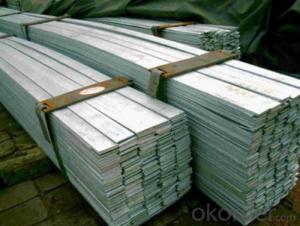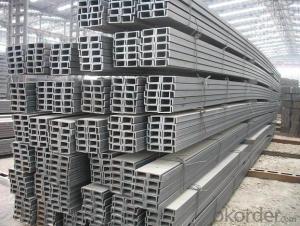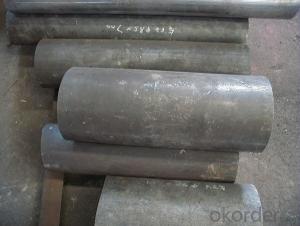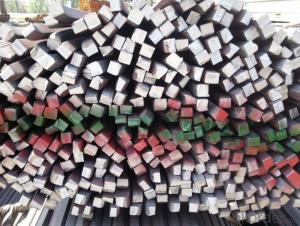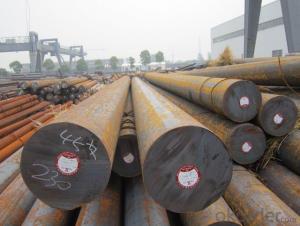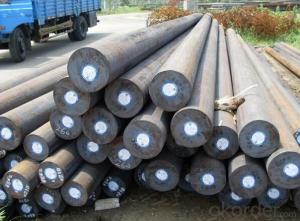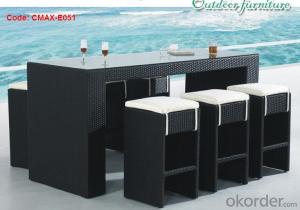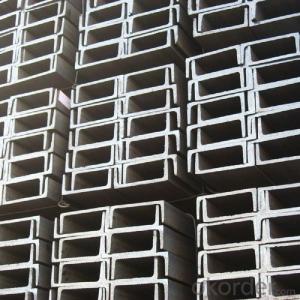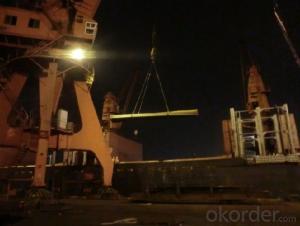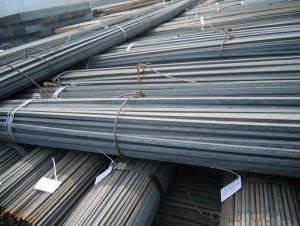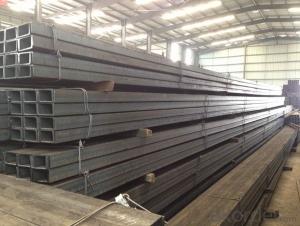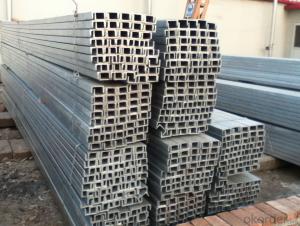Steel U Bar
Steel U Bar Related Searches
H S Code For Stainless Steel Surface Grinding Wheels For Hardened Steel Hole Saw For Stainless Steel Step Bit For Stainless Steel Transformers For Lights In Ceiling Led Lamps For Ceiling Stainless Steel Box With Lid Stainless Steel Bucket With Lid Ceiling Plate For Hanging Light Decorative Lights For CeilingHot Searches
Steel Mesh Panels For Sale Type Of Inverter For Solar Price Of Shipping Containers For Sale Types Of Inverter For Solar Aluminum Bar Stock For Sale Bags Of Cement For Sale Types Of Temporary Side Panels For Cement Deck Cost Of Awnings For Decks Type Of Scaffolding With Pdf Price Of Scrap Stainless Steel Price Of Stainless Steel Scrap Price Of Stainless Steel Galvanized Steel Scrap Price Type Of Stainless Steel Types Of Stainless Steel Grades Types Of Stainless Steel Aluminum Corp Of China Stock Types Of Scaffolding In Construction Pdf Stainless Steel Factory Stainless Steel TypeSteel U Bar Supplier & Manufacturer from China
Okorder.com is a professional Steel U Bar supplier & manufacturer, offers integrated one-stop services including real-time quoting and online cargo tracking. We are funded by CNBM Group, a Fortune 500 enterprise and the largest Steel U Bar firm in China.Hot Products
FAQ
- Due to their exceptional strength and versatility, steel channels are widely utilized in structural applications. In the construction industry, they are commonly employed to support heavy loads and ensure the structural integrity of buildings, bridges, and other infrastructures. Framing buildings is one of the primary uses for steel channels. They are frequently employed as beams or columns to bear the weight of floors, walls, and roofs. Steel channels are selected for these purposes because they can endure substantial loads without deforming or collapsing. Aside from building frames, steel channels are also employed for bracing and reinforcing structures. They can serve as diagonal braces, providing lateral stability and preventing the structure from swaying or collapsing under wind or seismic forces. Steel channels are also utilized as reinforcement in concrete structures, such as retaining walls and foundations, to enhance their strength and durability. In the manufacturing of machinery and equipment, steel channels play a pivotal role. They provide a stable and rigid framework for heavy machinery, enabling smooth and efficient operation. In this context, steel channels are frequently employed as support beams, frames, or structural components in various industrial applications. Furthermore, the transportation industry also relies on steel channels. They are used in the construction of bridges and overpasses, where their high strength and load-bearing capacity are vital for safely accommodating vehicles and pedestrians. Steel channels are also utilized in the manufacturing of railway tracks and tramways, providing a durable and stable foundation for the transportation system. Overall, steel channels are of utmost importance in structural applications as they deliver strength, stability, and durability to diverse types of constructions. Their versatility and ability to withstand heavy loads make them the preferred choice in the construction, manufacturing, and transportation industries.
- What is the difference between C steel, U steel and channel steel?
- Channel steel: the channel steel is a long strip steel with a cross section. Channel steel is divided into ordinary channel steel and light channel steel. Standard Specification for hot-rolled plain channel steel is 5-40#. According to the channel shape and can be divided into 4 kinds: cold bending equilateral channels, cold-formed non equilateral channel steel, cold rolled edge channels, the cold bending edge channels in accordance with the steel structure theory, should be the steel flange force, that channel should be upright, not lying. Channel steel is mainly used in building structures, vehicle manufacturing and other industrial structures, and channel steel is often used in conjunction with i-beam. See 100 million steel tube for you to answer the content, C steel, U steel and channel of the difference is clear.
- Yes, steel channels can be used for creating curved or angled sections. They can be bent or cut to the desired shape, allowing for flexibility in design and construction.
- Yes, steel channels are suitable for the power generation industry. Steel channels offer various advantages that make them a preferred choice for this industry. Firstly, steel channels are known for their high strength and durability. The power generation industry involves heavy machinery and equipment, and steel channels can withstand the weight and stress associated with these operations. They provide structural integrity and stability, ensuring the safe operation of power generation plants. Secondly, steel channels offer excellent corrosion resistance. Many power generation facilities are exposed to harsh environments, such as high temperatures, humidity, and chemicals. Steel channels can withstand these conditions without corroding or deteriorating, prolonging their lifespan and reducing maintenance costs. Moreover, steel channels provide flexibility in design and fabrication. They can be easily customized and fabricated into various shapes and sizes, allowing for efficient installation and integration into power generation systems. This flexibility also enables engineers to optimize the design for specific requirements, enhancing overall efficiency. Furthermore, steel channels have good thermal conductivity. In power generation, heat transfer is a crucial aspect, and steel channels efficiently conduct and distribute heat. This property is particularly important in applications such as heat exchangers and boilers, where efficient heat transfer is critical for optimal performance. Additionally, steel channels offer cost-effectiveness. Steel is a widely available and relatively affordable material, making it a cost-efficient choice for the power generation industry. Furthermore, its durability and low maintenance requirements contribute to long-term cost savings. In conclusion, steel channels are highly suitable for the power generation industry due to their strength, durability, corrosion resistance, flexibility in design and fabrication, thermal conductivity, and cost-effectiveness. These properties make steel channels an ideal choice for various applications within power generation plants, ensuring reliable and efficient operation.
- Steel channels are commonly used in the construction of stadiums or arenas due to their strength, versatility, and durability. These channels, also known as C-channels, are typically made of steel and have a C-shaped cross section. They are used in various applications throughout the construction process. One of the primary uses of steel channels in stadium or arena construction is for structural support. These channels can be used as beams or columns to provide strength and stability to the overall structure. They are often used in conjunction with other steel components to create a framework that can withstand the weight of the roof, seating areas, and other elements of the stadium or arena. Steel channels are also used in the construction of bleachers or seating sections. They can be installed horizontally to create a sturdy base for the seating structure or vertically to create individual seat frames. The strength of steel channels ensures that the seating areas can support the weight of large crowds without compromising safety. In addition to structural support and seating, steel channels are also used for various other applications in stadium or arena construction. They can be used as rails, handrails, or guardrails to provide safety and support for spectators. They can also be used as frames for doors, windows, or other openings in the building. The versatility of steel channels allows them to be used in a wide range of configurations and applications, making them a popular choice in stadium or arena construction. Overall, steel channels play a crucial role in the construction of stadiums or arenas. Their strength, versatility, and durability make them an ideal choice for providing structural support, creating seating areas, and implementing various other applications throughout the building.
- Yes, steel channels can be used for both residential and commercial applications. Steel channels are versatile and can be used in various construction projects, including building frames, support structures, and architectural details, making them suitable for both residential and commercial use.
- There are several types of steel channel connections commonly used for mezzanine floors, including bolted connections, welded connections, and hybrid connections. Bolted connections involve using bolts to fasten the steel channels together, providing a strong and easily adjustable connection. Welded connections involve permanently joining the steel channels using welding techniques, creating a durable and rigid connection. Hybrid connections combine both bolted and welded connections, utilizing the benefits of both methods to achieve a secure and flexible connection.
- Steel channels contribute to the stability of a structure during hurricanes by providing structural support and reinforcement. These channels are designed to distribute the forces exerted by high winds and storm surges, effectively strengthening the overall integrity of the building. Additionally, steel channels help to prevent the structure from swaying or collapsing under the intense pressure and turbulence caused by hurricane conditions.




















